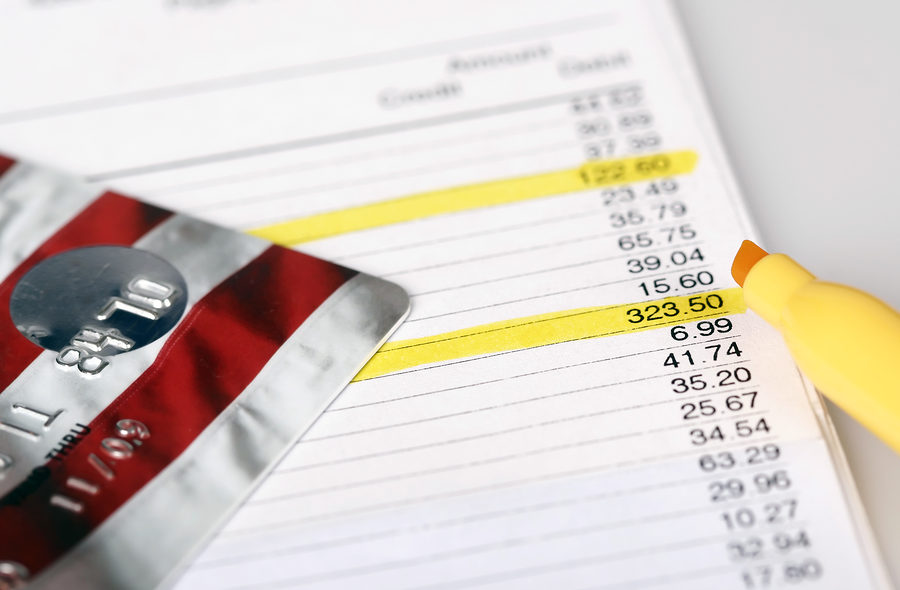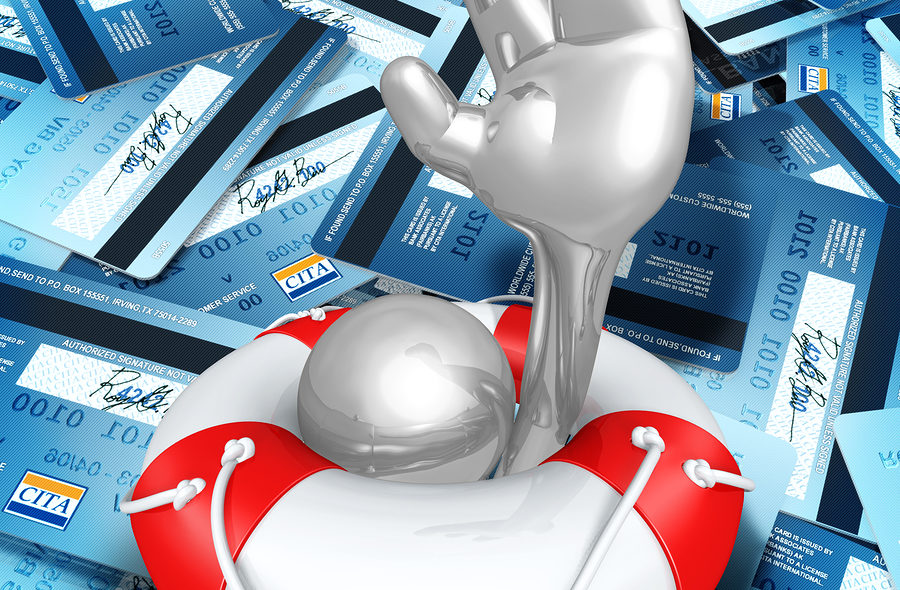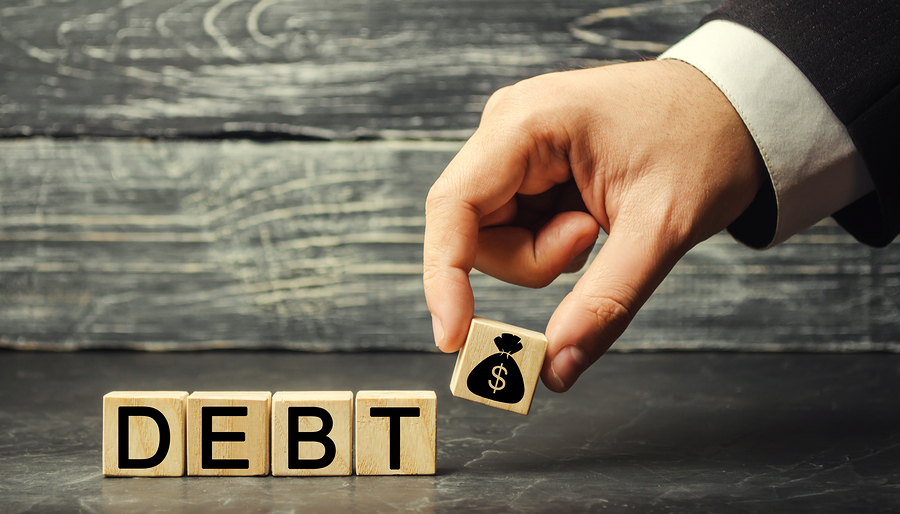Many South Floridians are finding themselves out of work due to the coronavirus (COVID-19) pandemic. This loss of income can be devastating and make it difficult to continue paying monthly expenses, including credit card debt.
Before the crisis hit, credit card debt had reached an all-time high after the Federal Reserve reported that the fourth-quarter of 2019 credit card debt increased by $46 billion to $930 billion nationwide. It is expected that balances will only increase as Americans find themselves shut in with limited income being earned. Additionally, serious delinquencies were on the rise at the end of 2019, and these numbers are also expected to trend upward, specifically for consumers between the ages of 18 and 29.









